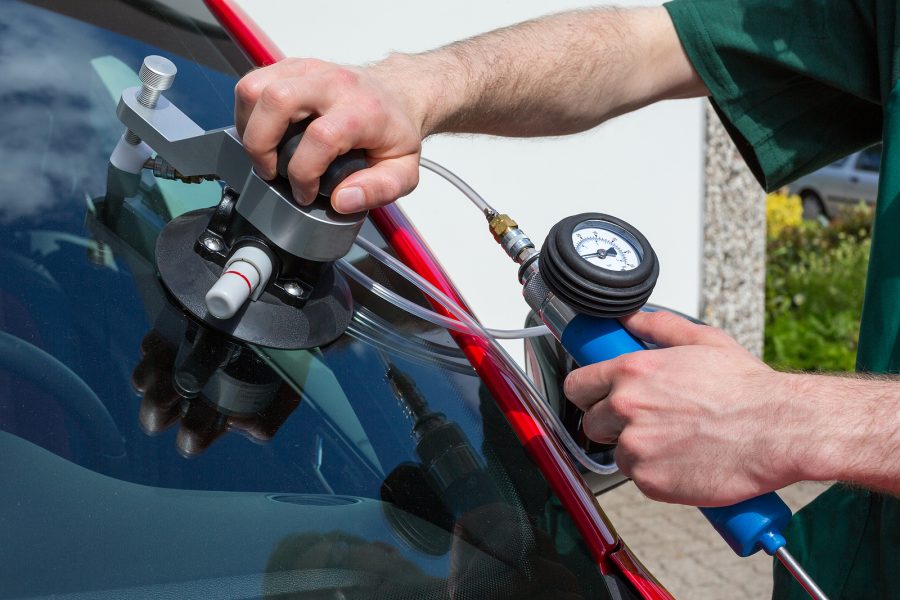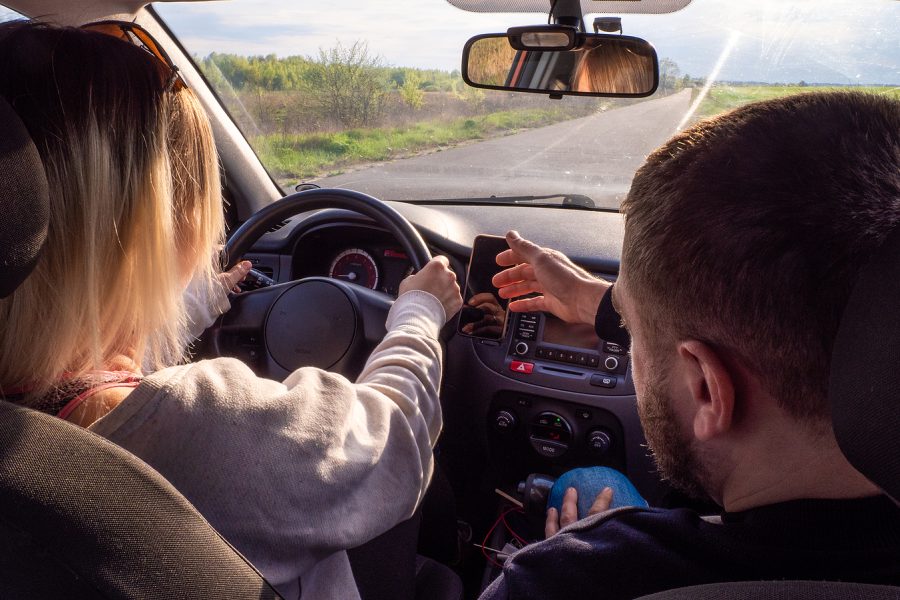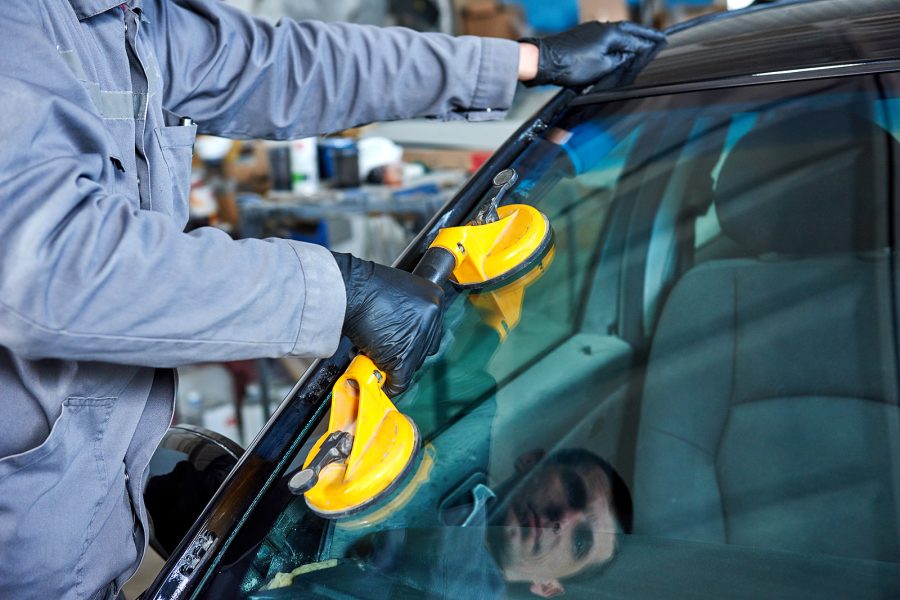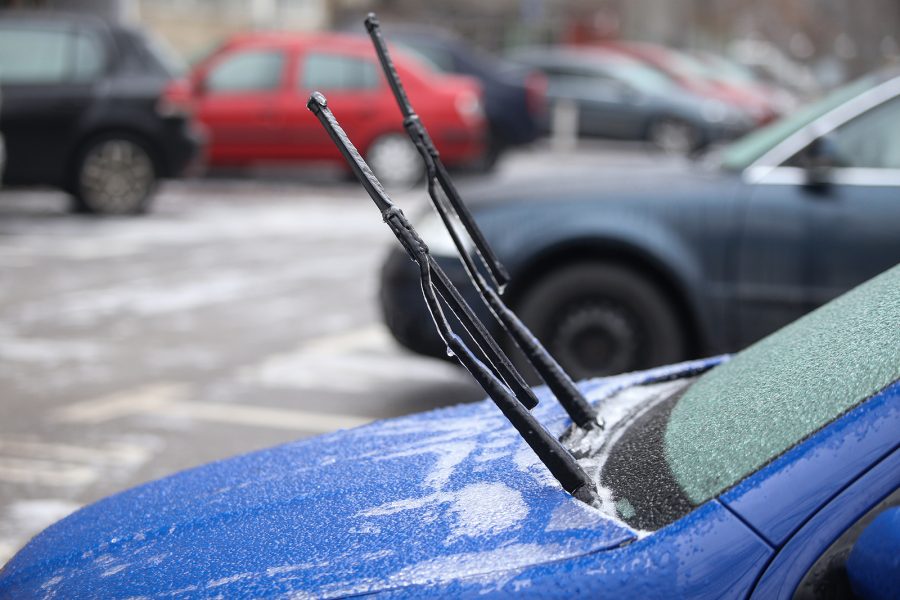After over a century of evolution, refinement and development, cars are safer now than they have ever been before, and that is thanks to a range of safety features so all-encompassing that so many of them were taken for granted.
The windscreen is a good example. Even though a driver spends practically the entirety of their journey looking through it, they often only think about it when they need windscreen replacement services for a crack, chip or other issues.
However, a properly maintained windscreen could potentially save your life, and not just by providing a clear, glare-free way to spot and avoid them to begin with.
The main way it does this, which can be a surprise to some who assume that glass is inherently fragile, is by providing a vital pillar of support for the roof and A-pillar in the case of an impact and especially a rollover.
The windscreen is a major part of the reason why a car will maintain much of its structural rigidity and thus ensure that people in the front and to a degree the back of the car will not be crushed.
As well as this, a broken windscreen does not shatter but stays in place as much as possible, which helps to keep people in the car and a lot safer. Many early fatalities before the safety windscreen were caused by people flying through the windscreen and hitting the road or an object.
This rigidity also means that thousands of sharp glass shards are not flying around and slicing up the passengers.
Finally, it also provides support for other safety features, with the airbag, in particular, benefitting from the extra structural stability to deploy at the appropriate time to protect a passenger from striking the steering wheel.
Sometimes, with poorly installed or maintained windscreens, the airbag is drawn to the open gap, providing no protection at all for people in the front seat.









